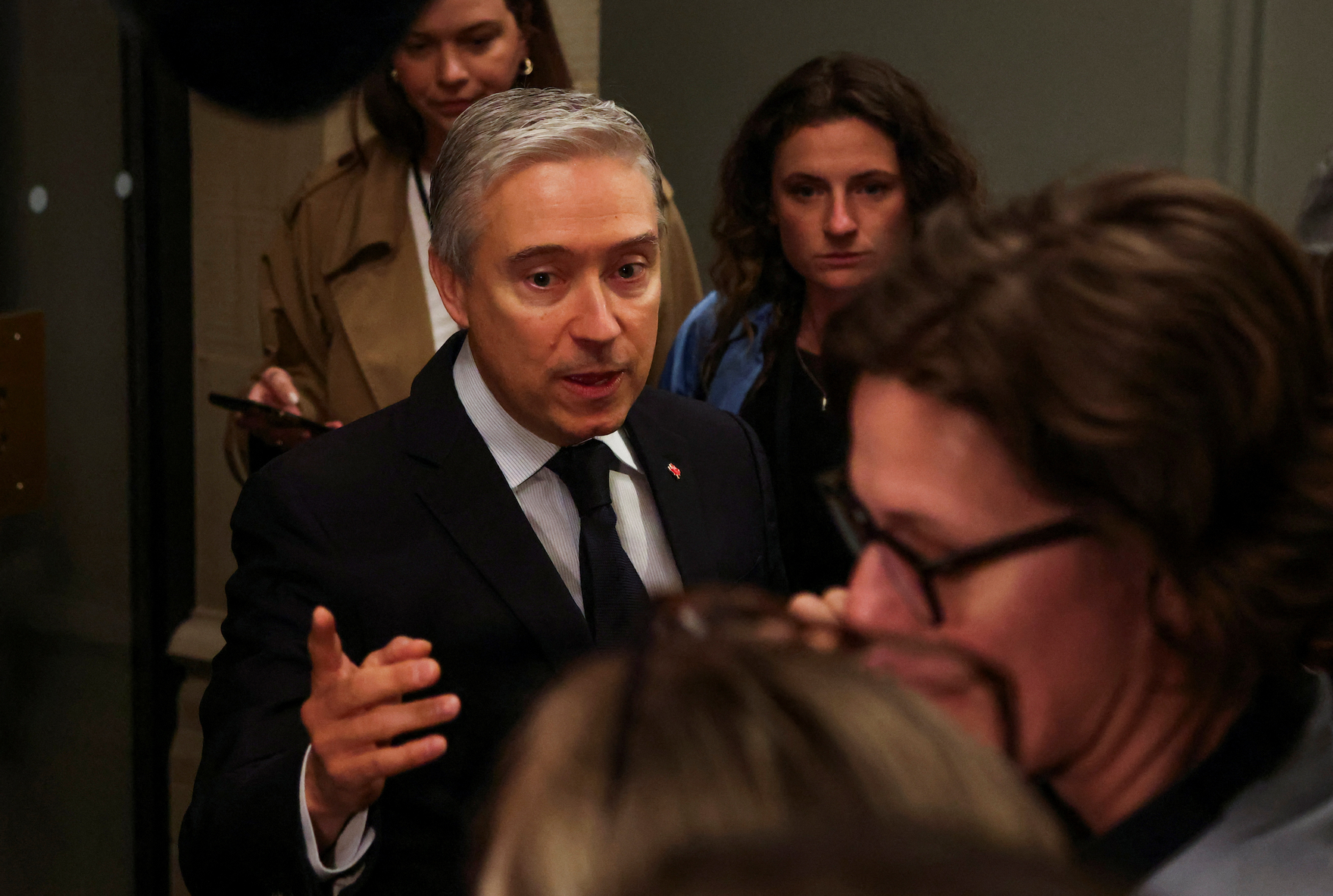There have been many recent critiques of Canada’s ability to drive innovation and retain intellectual property (IP), which has sparked discussion and government consultation to explore solutions to the country’s lagging innovation economy. Despite huge pools of talent, vast funding programs, several institutes for artificial intelligence (AI) and other emerging technologies, tax credits, investment and excellent universities, Canada is struggling to turn these resources into tangible innovation results and continues to lose IP rights and workforce. Although we can pinpoint many causes and effects related to this issue, there is one overarching reality that defines the Canadian innovation sphere: Canada lacks a coherent vision and strategy on the future of innovation and tech and the role we wish to play in the global context.
This lack of clear strategy and vision is made even more pressing by the potential for significant shifts in governance and priorities both north and south of the border, which exacerbates the fact that no long-term bipartisan program exists to ensure long-enduring prosperity and innovation in Canada.
In January, the Department of Finance announced a consultation to gain insight into amplifying Canada’s research and development (R&D) and IP retention. The consultation, now concluded, was focused on eliciting feedback to reform the Scientific Research and Experimental Development (SR&ED) tax incentive system, and the potential for establishing a patent box regime (a low-tax system to incentivize innovation within specific parameters). There is wide agreement that the system needs reform, especially regarding transparency about how much of the tax credit system benefits Canadian, rather than foreign, firms.
In response to the announcement, the Council of Canadian Innovators released an open statement commending the plans to update SR&ED and consider a patent box regime, describing them as important steps to promote innovation, retain IP and prioritize Canadian R&D. The Logic reported data indicating the SR&ED credit does tend to benefit larger companies but also that the gap is narrowing.
In a Globe and Mail article, several Canadian CEOs commented on the plans to revamp the SR&ED, noting how opaque the allocation of funds is, the tendency toward a concentration of funds into the hands of a few companies, and the potential for government funds to flow to massive multinationals enjoying the benefits of research in Canada with little reciprocated benefit to the Canadian economy.
The SR&ED issue speaks to broader problems with investment in innovation and data in Canada. An opinion from Jim Balsillie in the National Post suggests that innovation policy in Canada is driven by outdated perspectives that fail to grasp the complexities of the modern data and innovation economy. Balsillie argues that Canada’s innovation woes are caused not by a lack of investment by businesses but rather by their lack of IP ownership, which restricts their freedom to operate, or FTO. FTO — the ability to innovate and work without infringing the IP of another business — is maximized through higher levels of IP ownership. Canada performs poorly in preserving and growing FTO, despite extensive government funding and investment in R&D, which Balsillie contrasts with the heavy investment in IP by countries such as China.
In their paper An Economic Mirage: How Canadian Universities Impact Freedom to Operate, James W. Hinton, Mardi Witzel and Joanna Wajda delve into one reason why Canada finds it so difficult to hold onto IP. They write that due to a lack of mechanisms for retaining IP as a condition of funding, or as a matter of policy, “Canadian universities may also be seen as low-cost research labs for hire by international companies.” Further, they say that with most funding for research in Canadian universities coming from federal and provincial government sources (88.5 percent), and industry partners providing much less funding
(11.5 percent), the fact that industry partners tend to leave with the IP creates an environment of federal funds subsidizing private industry (often foreign) without adequate return on that investment in either IP rights or profit for Canadians. As a result, Canada’s FTO suffers, because so much IP slips through our fingers into other hands.
To add to the chorus criticizing Canadian innovation over the past year, Support Our Science Chair Marc Johnson explored in The Globe and Mail how “Canada’s poor investment into training and research is driving a massive brain drain of talent by the next generation of researchers….Shrinking compensation has pushed even more of our highly trained researchers out of Canada, and our investments in their training go with them.”
Another spectre in Canada’s IP retention and innovation landscape is the threat of IP theft by state and state-sponsored actors. This concern has driven recent government efforts to promote better security among researchers, research institutions and funding institutions such as the Social Sciences and Humanities Research Council and the Natural Sciences and Engineering Research Council of Canada regarding projects that might have military implications. The “National Security Guidelines for Research Partnerships” developed by the Canadian Security Intelligence Service (CSIS) have focused primarily on education and support of researchers and institutions to avoid partnerships with or hiring of associates from high-risk foreign institutions. Any other approaches beyond the current educate-and-inform tack would involve working more closely with institutions and potentially sharing intelligence, which CSIS cannot do, although it has recently consulted the public on possibly changing this in the future.
Imperfect tax incentives, outdated economic perspectives, lack of IP retention, lack of talent retention and issues with research security are all hindrances to the innovation economy of Canada. Each issue is being addressed on its own terms through consultations to reform policies, investment and education. However, even when it finds solid solutions, it seems Canada is always hitting slightly behind the ball, reacting to problems already present rather than designing and implementing a considered plan to achieve a desirable outcome.
This begs several questions: What is Canada’s overarching innovation strategy? What are the desired futures of Canadian technology and innovation, and what would our plans be, for the next five, 10, 20, 50 years, to accomplish those goals?
Efforts to address the many innovation issues through consultation, reform and the use of organizations like the Canadian Institute for Advanced Research to distribute funds directly to innovation projects, are all important steps to building a more resilient and sustainable innovation ecosystem in Canada that can truly benefit Canadians. However, these various initiatives cannot succeed without a coordinated, values-based and evidence-driven comprehensive national strategy for innovation and growth in the IP and data economies, one that can coordinate efforts, eliminate overlap and redundancy between departments, and pave the way for real innovation.
Such a strategy would require digital public infrastructure in the form of standards, policies and platforms for data sharing and data mobilization. It would require physical infrastructure in clean energy tied into supporting and growing the digital sector and creating skilled jobs across the country. And it would require legislation on privacy, data and AI issues (among others) that is fit for purpose and that is developed in consultation and partnership with Canadians at all levels of society. These are all projects that exist in some form or another: they’re simply in need of an overarching vision that coheres them into a proper strategy with long horizons and clear values for Canada’s future.
Government officials and policy makers need to think deeply about not only how to create a tax credit or retain talent but also why we would want to actually do those things, what those steps would build toward and what kind of future we would want for Canadians. Failing to do that will simply solidify Canada’s sidelined role as training camp and tech incubator to the United States and other larger nations.



